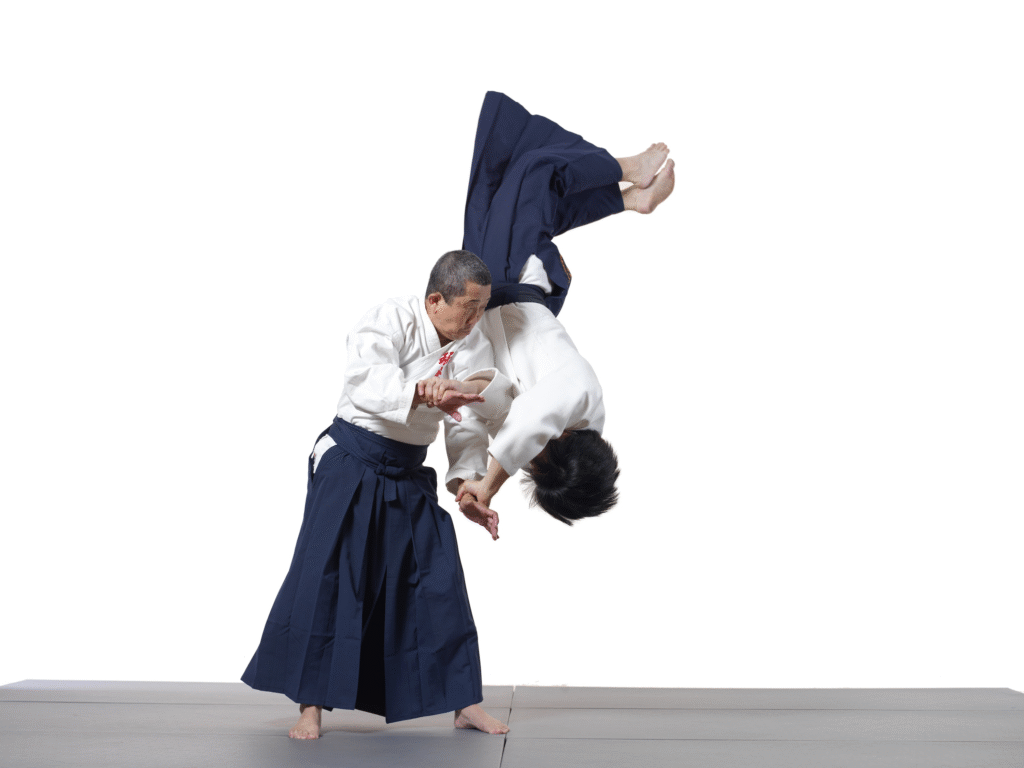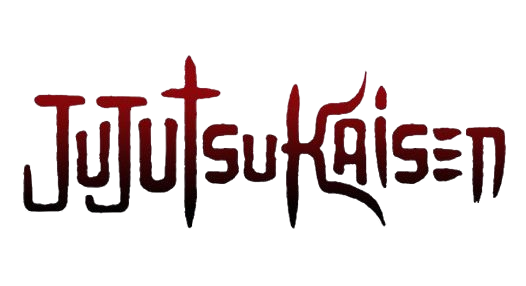Aiki Jujutsu Techniques: History, Principles, and Practice
Aiki Jujutsu is one of Japan’s oldest martial arts, combining elements of armed and unarmed combat with a strong emphasis on controlling opponents through timing, leverage, and blending with their energy. Rooted in the samurai tradition, Aiki Jujutsu is both a battlefield art and a foundation for later martial disciplines such as Aikido.

Unlike purely striking-based systems, Aiki Jujutsu prioritizes control, redirection, and joint manipulation, making it highly effective against larger or stronger attackers. Its techniques embody the principle of “aiki”, harmonizing with an opponent’s force rather than resisting it directly.
Origins of Aiki Jujutsu
The art of Aiki Jujutsu can be traced back to the Daito-ryu school, developed during Japan’s feudal era. It was practiced by samurai as a means of:
- Defending themselves in close-quarters combat.
- Controlling opponents while armed or unarmed.
- Complementing swordsmanship and weapon techniques.
Aiki Jujutsu later influenced several modern martial arts, most notably Aikido, founded by Morihei Ueshiba, who was a student of Sokaku Takeda (a master of Daito-ryu Aiki Jujutsu).
Core Principles of Aiki Jujutsu
Aiki Jujutsu techniques rest on three main principles:
- Aiki (Blending with Force): Instead of clashing with an attack, practitioners redirect energy to gain control.
- Leverage and Joint Control: Using precise movements to manipulate joints, locks, and pressure points.
- Balance and Kuzushi: Breaking the opponent’s balance to neutralize their ability to resist.

These principles allow smaller practitioners to overcome larger opponents with efficiency rather than brute strength.
Types of Aiki Jujutsu Techniques
Aiki Jujutsu includes a wide variety of techniques, combining elements of striking, joint locks, throws, and weapon control.
1. Joint Locks (Kansetsu Waza)
- Techniques targeting elbows, wrists, and shoulders.
- Control is achieved by applying leverage against natural joint movement.
- Example: Wrist lock that forces compliance without striking.
2. Throws (Nage Waza)
- Redirection of an opponent’s energy to project them to the ground.
- Often initiated by blending with their momentum.
- Example: Using a circular motion to throw an attacker after a grab.
3. Striking (Atemi Waza)
- Targeted strikes used to distract, off-balance, or weaken opponents before applying locks.
- Focused on vital points rather than brute force.
4. Pins and Restraints (Osae Waza)
- Techniques designed to immobilize opponents on the ground.
- Commonly used in self-defense and law enforcement.
5. Weapon Applications
- Integration with traditional samurai weapons (sword, short staff, tanto).
- Training includes defending against armed attackers and disarming them.
Training Methods
Aiki Jujutsu emphasizes structured training, starting with basic movements before advancing to complex applications:
- Kata Practice: Formal drills to internalize mechanics and principles.
- Randori (Free Practice): Semi-live training to test adaptability.
- Ukemi (Breakfalls): Safe falling techniques to prevent injury during throws.
- Weapons Training: Learning how unarmed and armed combat connect.
Modern schools often adapt Aiki Jujutsu for self-defense, while traditional dojos preserve its samurai heritage.
Aiki Jujutsu vs. Other Martial Arts
- Compared to Judo: Aiki Jujutsu focuses more on joint locks and control than on large throwing techniques.
- Compared to Aikido: Aikido emphasizes spiritual harmony and less dangerous applications, while Aiki Jujutsu retains its battlefield practicality.
- Compared to Karate: Karate is strike-heavy, while Aiki Jujutsu blends strikes with locks and throws for control.
Benefits of Practicing Aiki Jujutsu
- Practical Self-Defense: Techniques work against larger and stronger attackers.
- Physical Development: Improves flexibility, coordination, and balance.
- Mental Discipline: Builds patience, awareness, and calmness under pressure.
- Historical Insight: Connects practitioners to Japan’s martial traditions.
Conclusion
Aiki Jujutsu is a classical Japanese martial art that blends efficiency, precision, and control. Rooted in samurai traditions, it continues to be practiced worldwide as both a combat system and a path to discipline and self-improvement. Its principles, blending with force, controlling balance, and mastering joint locks, make it effective in real-world situations while preserving cultural heritage.
Whether studied for self-defense, fitness, or historical appreciation, Aiki Jujutsu remains a martial art that highlights the power of harmony over brute strength.
